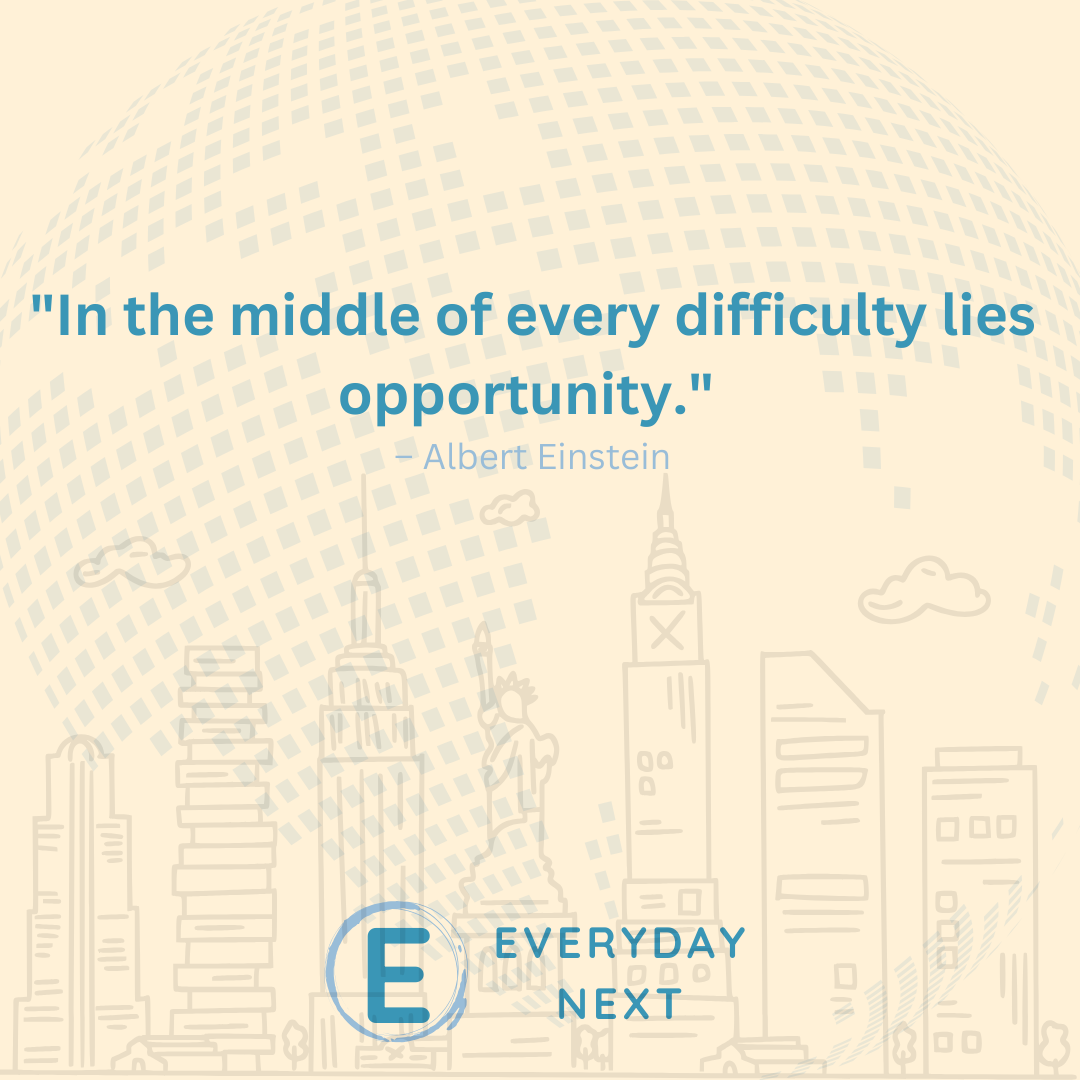
Unlocking the Potential: The Future of Green Technology
Imagine a world where all our energy needs come from renewable sources, our cities are powered by sustainable innovations, and our carbon footprint is something that belongs to the past. Sounds like a dream, right? Well, the future of green technology is making that dream closer to reality than ever before.
From solar panels that double as windows to wind turbines designed like artistic sculptures, green technology is pushing the boundaries of what’s possible. These groundbreaking innovations are not just concepts; they’re actively being integrated into our daily lives, transforming the way we live and work.
But what makes this technological revolution truly exciting is its potential to tackle some of the world’s most pressing challenges. By reducing reliance on fossil fuels and actively combating climate change, green technology holds the promise of a cleaner, healthier planet for future generations.
As we dive into the future of green technology, it’s crucial to explore the innovations leading the charge, the industries adapting to change, and the challenges we need to overcome. Let’s unlock the potential together and see how green technology might just be the key to a sustainable future.
Exploring the Latest Innovations in Green Technology
In the ever-evolving landscape of green technology, the latest innovations are nothing short of impressive. Imagine charging your phone using the sun, or living in a house that generates its own energy. Some of these visionary ideas are already a reality.
Solar on the Move
Gone are the days when solar power was limited and bulky. Today, new solar technologies are not just smarter but also sleeker. Think solar tiles integrated seamlessly into rooftops and flexible panels that can drape over structures. These advancements make harvesting solar energy more accessible and efficient than ever.
Wind energy isn’t just for wide open spaces anymore. With urban wind turbines specially designed to minimize noise and maximize efficiency, windy cities are becoming powerhouses of their own. These devices can blend into the urban skyline while quietly generating energy for everyone.
And then there’s the fascinating world of bio-energy. From algae that produce fuel to waste materials transformed into electricity, turning nature’s leftovers into green energy is revolutionizing our approach to sustainability. With each breakthrough, the green tech frontier grows more promising.
These innovations inspire hope and bring the future of eco-friendly living into the present. The possibilities are endless, and the journey into this sustainable future is just beginning.
The Impacts of Green Technology on Environmental Sustainability
Green technology is reshaping how we interact with our environment, and the positive impacts are undeniable. By reducing reliance on fossil fuels, we’re cutting down on emissions that contribute to climate change. Cleaner air and water are knocking on our doors thanks to these innovations.
Reducing Waste
New waste management technologies are playing a crucial role in environmental sustainability. Take smart recycling tools, for instance, which make sorting waste more efficient and accurate, ensuring more materials get reused rather than ending up in landfills. And with advances in biodegradable materials, we’re slowly but surely moving towards a world with less waste.
Green tech also means smarter use of our resources. Energy-efficient appliances and LED lighting reduce energy consumption like never before. This not only lowers bills but also lessens the demand for power, paving the way to a more sustainable way of living.
As cities grow, green technology is helping to maintain the delicate balance with nature. Urban green spaces, powered by smart irrigation systems, ensure that greenery thrives in the heart of concrete jungles. Thus, we’re promoting biodiversity and improving the quality of urban life.
Challenges and Solutions in Adopting Green Technology
Embracing green technology is not without its hurdles. One major challenge is the upfront cost. Many eco-friendly technologies require a significant initial investment, which can be daunting for both individuals and businesses. However, government incentives and rebates are stepping in to ease this burden.
Another obstacle is the lack of awareness and understanding. People often hesitate to adopt new technology out of fear of the unknown. Education and awareness campaigns are crucial in bridging this knowledge gap. By understanding the benefits, more people will feel encouraged to make the switch.
Compatibility with existing technology can also pose a challenge. Integrating green technologies with traditional systems often requires upgrades or replacements. Yet, innovators are creating adaptable solutions that work seamlessly with what we already have, making the transition smoother.
It’s also worth noting, supply chain limitations can impede the availability of green tech products. To address this, companies are investing in local manufacturing and sustainable sourcing, ensuring that these technologies are accessible to all.
Ultimately, overcoming these challenges requires collective effort—a combination of governmental support, industry innovation, and consumer willingness to adopt a green mindset. With these solutions, we can pave the way for a sustainable future.
Future Trends and Developments in Green Technology
As we look ahead, the landscape of green technology is brimming with exciting possibilities. One trend gaining momentum is the integration of AI and machine learning into energy management systems. These smart systems optimize energy usage in real-time, making homes and businesses more efficient than ever.
In the world of transportation, electric vehicles (EVs) are set to take center stage. With ongoing advancements in battery technology, we can expect longer-lasting batteries and faster charging times, making EVs even more appealing to the masses.
Innovative Renewable Energy Solutions
Renewable energy sources are also advancing rapidly. Solar panels are becoming more efficient and affordable, thanks to breakthroughs in material science. We’re also seeing a rise in offshore wind farms, harnessing stronger and more consistent winds out at sea.
Urban environments are beginning to feature vertical farms, which promise to revolutionize food production. These farms can operate in any climate and use significantly less water and land, showcasing a sustainable solution to feed growing populations.
Furthermore, the adoption of blockchain technology in green initiatives is being explored. Blockchain can enhance transparency in supply chains, ensuring that sustainable practices are upheld from production to purchase.
With each innovation, we’re getting closer to a greener future. It’s a thrilling time to be part of this movement, uniting technology and sustainability for a better tomorrow.
Maximizing the Benefits of Green Technology Implementation
Implementing green technology is more than just installing solar panels or switching to energy-efficient appliances; it’s about creating a mindset that values sustainability. To maximize the benefits, start by conducting an energy audit. Knowing where and how you consume energy can pinpoint areas ripe for improvement.
Education plays a crucial role. By understanding the impact of our choices, we become more conscious consumers. Workshops and seminars can offer insights into the latest green tech innovations and teach practical ways to incorporate them into daily life.
Collaboration is key. Engaging with local communities and businesses can lead to better resource sharing and support systems. When neighborhoods work together towards sustainability goals, everyone benefits from pooled knowledge and shared successes.
Utilizing government incentives and rebates can significantly lower the cost of green tech adoption. Staying informed about available programs can ease the transition and make eco-friendly options more accessible.
Finally, embrace gradual change. Implementing small adjustments over time can lead to significant energy savings and ecological benefits. As more people adopt these practices, the collective impact grows, carving a path toward a sustainable future.
The Bottom Line: Embracing the Potential of Green Technology
As we stand at the crossroads of innovation and responsibility, green technology presents an incredible opportunity. It’s not just about reducing our carbon footprint; it’s about envisioning a future where technology works in harmony with nature.
Making the shift to green tech is a win-win. It offers practical solutions to everyday problems while contributing to a healthier planet. By embracing sustainable practices, we can make a tangible difference in resource conservation and environmental impact.
What’s more, green technology encourages creativity and resilience. It inspires businesses to redesign processes and products, driving both economic growth and ecological benefits. Communities can foster cooperation and inspire change, promoting a culture of sustainability that future generations will thank us for.
Embracing these changes requires effort and collaboration, but the rewards are worth it. With technological advancements at our fingertips, the power to transform our world is in our hands. By adopting a proactive mindset, we can leverage green technology to build a more sustainable and prosperous future for all.
So, let’s seize this moment. Whether by small household changes or large-scale community initiatives, every action counts. Together, we can unlock the full potential of green technology and create a brighter, greener tomorrow. The journey to sustainability is long, but it starts with a single step—and that step begins with each of us.













